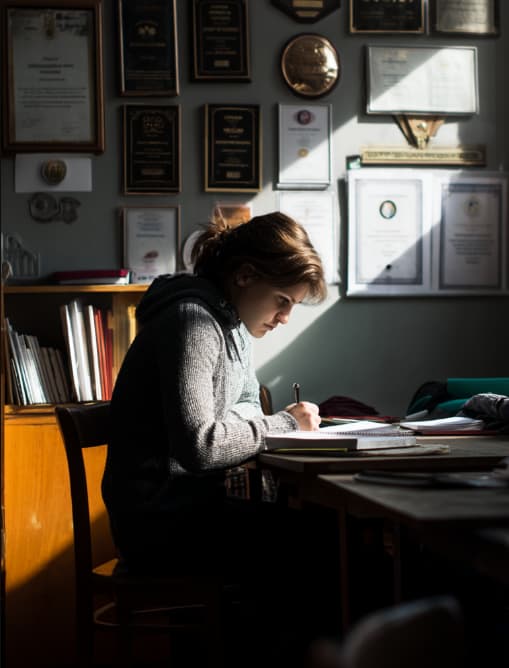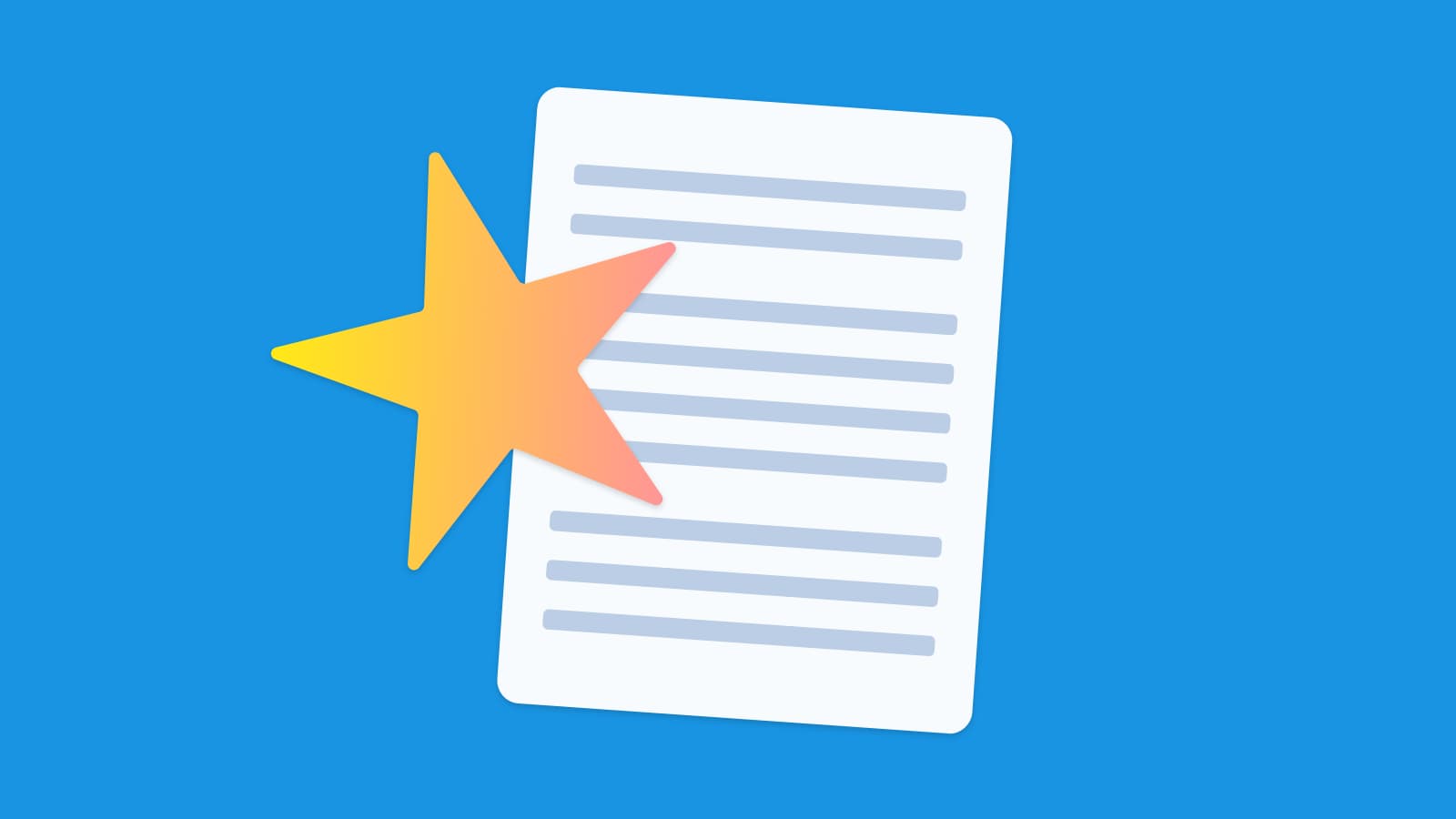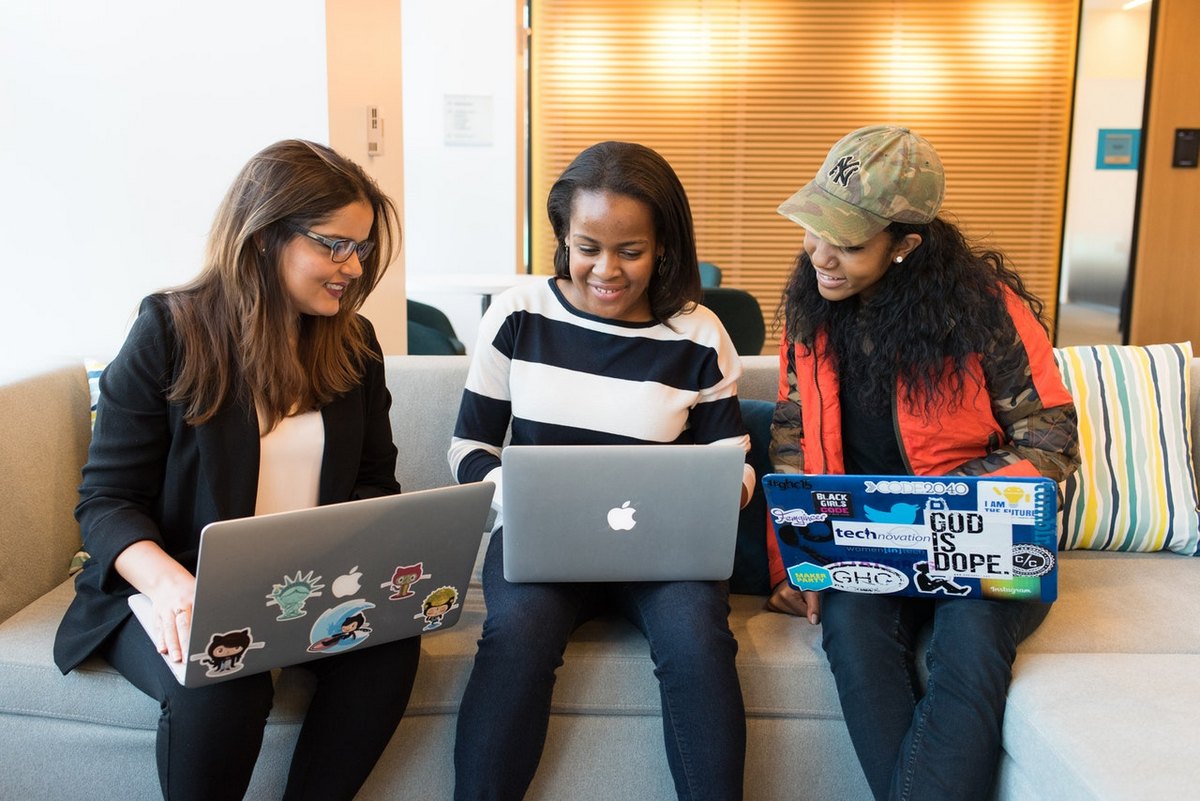Modern education is undergoing a profound transformation, shaped by digital innovation, changing student expectations, and a global shift toward more student-centered learning models. Among the most notable developments is the rise of the flipped classroom—an instructional strategy that inverts traditional teaching methods and challenges conventional uses of class time.
Rather than presenting new material during lessons and assigning independent work afterward, the flipped classroom introduces core content to students before they enter the classroom. Class time is then used for exploring ideas more deeply, solving problems collaboratively, and engaging in meaningful dialogue. This approach has gained traction worldwide, from elementary classrooms to university lecture halls, due to its ability to foster active learning, autonomy, and deeper understanding.
Rethinking Time and Interaction in Learning
The primary concept behind the flipped classroom is the reallocation of instructional time. Students begin by engaging with new content independently—often through recorded lectures, multimedia presentations, or structured reading assignments. These materials can be accessed at the student’s own pace, allowing for repetition and pause as needed. The classroom is no longer a place for first exposure but becomes a setting for active participation and guided practice.
This change reflects a broader educational trend: the recognition that students learn best not by simply absorbing information, but by interacting with it. When learners arrive already familiar with foundational material, teachers can focus on addressing questions, resolving misconceptions, and facilitating advanced thinking.
Key Benefits for Students and Educators
The flipped model has demonstrated a range of advantages, both pedagogically and practically. For students, it offers a more engaging and personalized experience. For educators, it opens space for creativity and targeted support. Some notable benefits include:
– Improved engagement: Class becomes a collaborative environment, where students discuss, analyze, and apply concepts in real time. This shift helps reduce passive behavior and increases investment in learning.
– Self-paced learning outside class: Learners gain the flexibility to engage with materials according to their needs. This is especially beneficial for students who require more time to process information or review complex topics.
– Stronger teacher-student interaction: Because less time is spent delivering content, instructors are more available for one-on-one support, feedback, and mentoring during class.
– Deeper mastery of content: In-class activities focus on higher-order thinking skills—evaluation, synthesis, and application—which leads to a more profound grasp of the subject matter.
– Encouragement of responsibility: Students take greater ownership of their learning process, developing habits that align with independent study and lifelong learning.
Adaptation Across Learning Contexts
The flipped classroom has proven adaptable across various educational settings. In secondary schools, teachers use the model to support differentiated instruction—designing classroom activities that cater to multiple ability levels. In universities, particularly in technical and scientific fields, flipped lectures allow students to engage with material in more practical, workshop-like formats. Business schools, art programs, and even medical training centers are increasingly adopting flipped strategies to reinforce learning through direct application.
Beyond formal education, corporate training programs also implement flipped principles to reduce lecture time and prioritize scenario-based learning. In both online and blended learning environments, the model provides an ideal structure for balancing independent study and group collaboration.
Evolving Role of the Teacher
The transition to a flipped classroom does not diminish the role of the educator; rather, it redefines it. The teacher becomes a guide, coach, and learning designer rather than a primary source of information.
This involves:
– Developing or curating engaging, accessible pre-class content that meets diverse learner needs
– Structuring in-class activities that promote collaboration, reflection, and creative problem-solving
– Observing student behavior and performance to provide timely and relevant support
– Encouraging dialogue, questioning, and peer teaching within the classroom
In this framework, instructors gain the opportunity to connect with students more personally and to foster a more dynamic and responsive learning environment.
Addressing Implementation Challenges
Despite its promise, the flipped classroom model does present certain challenges. Effective implementation requires planning, resources, and cultural shifts within educational institutions.
– Access to technology: Not all students have equal access to devices or high-speed internet, particularly in under-resourced communities. Schools must ensure that digital content is mobile-friendly, downloadable, or supplemented with offline materials where needed.
– Preparation compliance: The model assumes that students will engage with pre-class materials. If this does not happen, class activities can suffer. Clear expectations, short assessments, and structured entry tasks can help reinforce accountability.
– Increased demands on instructors: Creating high-quality digital resources and restructuring lesson plans takes time and effort. Professional development, peer collaboration, and administrative support are essential to ease this transition.
– Resistance to change: Both educators and students may initially resist moving away from familiar methods. Open communication about the goals and benefits of the model is key to achieving buy-in.
Trends Influencing the Model’s Growth
Several developments continue to shape and accelerate the adoption of flipped learning. The widespread integration of educational technology has made the creation and sharing of digital content more accessible than ever. Tools like learning management systems, video platforms, and AI-powered analytics enable instructors to personalize instruction and monitor progress more effectively.
The growing emphasis on skills such as teamwork, creativity, and adaptability has also reinforced the need for classrooms that support practice and dialogue. These are competencies that cannot be nurtured through passive listening alone.
Finally, the pandemic-induced shift to remote and hybrid learning has encouraged many institutions to explore alternative teaching methods. Educators who previously relied on in-person lectures found themselves experimenting with asynchronous delivery and active engagement strategies—core features of the flipped classroom.
Looking Forward
As education systems continue to evolve, the flipped classroom is likely to become a more prominent feature of curriculum design. It offers a balanced model that combines the autonomy of digital learning with the social and cognitive benefits of face-to-face interaction.
While it may not suit every subject or context equally, the approach is flexible enough to be adapted, scaled, and refined. Its growing popularity reflects a broader movement toward empowering learners, making better use of instructional time, and embracing the opportunities that technology offers for meaningful learning.
Conclusion
The flipped classroom represents a decisive step toward modernizing education. By reimagining how and where instruction takes place, it aligns teaching practices with the realities of contemporary learners. It promotes deeper engagement, enhances student-teacher interaction, and creates conditions for more thoughtful, participatory education.
Rather than replacing traditional instruction, the flipped model enriches it—bringing balance, adaptability, and renewed purpose to the learning experience. As educators worldwide seek to make learning more relevant and impactful, the flipped classroom offers a compelling and sustainable path forward.




